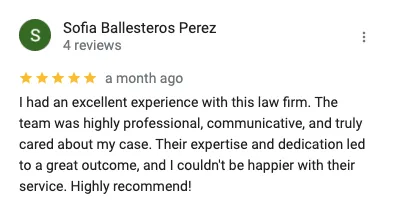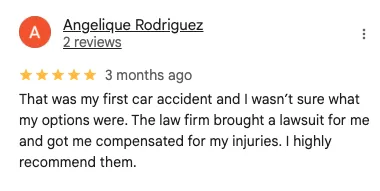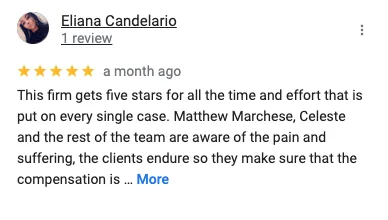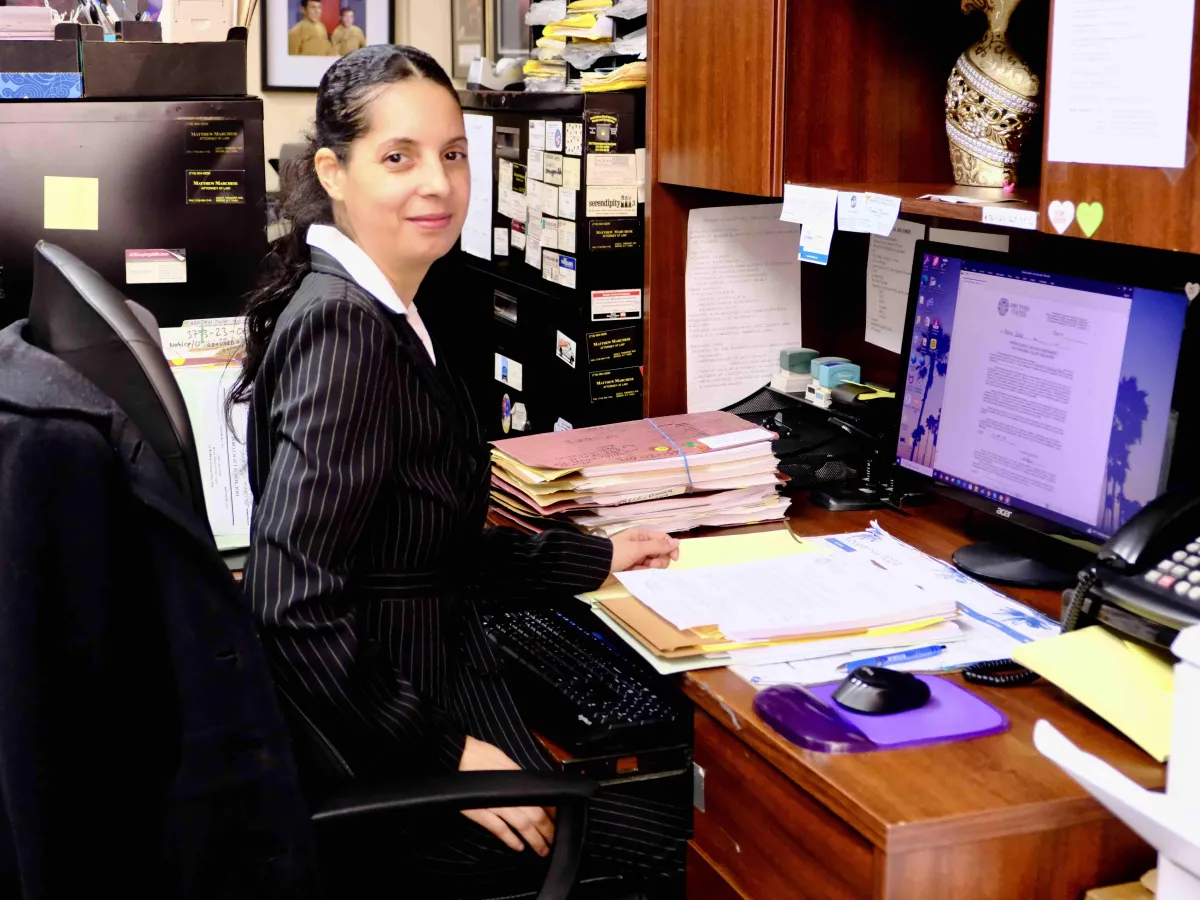✅ A. Riverbay Corporation Has Private Liability Insurance — But Only for Certain Areas
Professional Insight:
Co-op City is managed by Riverbay Corporation, which maintains its own private general liability insurance. This policy covers:
Falls or accidents in building lobbies, stairwells, elevators
Incidents in hallways, community rooms, laundry rooms
Injuries on sidewalks, ramps, and entryways maintained by Riverbay
However, not all areas within Co-op City are Riverbay’s responsibility. Some locations — especially bordering roads or near NYC transit stops — fall under city or third-party ownership.
This makes identifying the exact location of your accident critical. A fall in front of Building 20 may be Riverbay’s responsibility. A fall by the bus stop on Bartow Ave may be the city's.
Real-World Bronx Example:
A woman falls on cracked pavement in front of the Co-op City Education Park entrance. Her attorney files against Riverbay — but the claim is denied. That walkway was owned by the NYC Department of Education, not Riverbay. Result: the case was dismissed. A simple location check at the start would’ve changed everything.
✅ B. You May Also Be Covered by No-Fault Insurance — Even on Foot
Professional Insight:
If your Co-op City injury involved a vehicle in any way, you may be eligible for New York’s no-fault benefits, even if you weren’t driving. That includes:
Being hit by a car while crossing Co-op City Blvd
Falling while getting in or out of a rideshare or ambulette
A delivery driver or taxi passenger injured on Riverbay property
No-fault covers:
Up to $50,000 in medical expenses
Partial lost wages
Prescription and transportation costs
Deadline alert: You have 30 days to file for no-fault benefits. Delay can forfeit your rights.
Real-World Bronx Example:
A man stepping out of a green cab slips on icy pavement near Einstein Loop. Though the fault lies with the icy curb, he’s still entitled to no-fault coverage through the cab’s insurance — which paid for his ER visit, MRI, and 3 months of physical therapy.
✅ C. If You Were Hurt Inside a Store or Business (Bay Plaza, Bartow Mall), That’s a Separate Policy
Professional Insight:
Injuries inside or immediately outside stores (e.g., Pioneer Supermarket, Dunkin’, Bay Plaza AMC, Dollar Tree) fall under that business’s commercial liability policy, not Riverbay’s.
In these cases:
You must identify the store name and address exactly
Report the incident to store management, not Co-op City Public Safety
Request video preservation and file an incident report
Your lawyer will need to send a preservation letter to the store or its insurance carrier immediately — especially if surveillance footage exists.
Real-World Bronx Example:
A woman trips on a loose tile inside the Bartow Mall near the MetroPCS store. She reports it to the mall, not Riverbay. Her attorney successfully obtains security footage — and the store’s insurance settles for $75K after confirming multiple prior complaints.
✅ D. What If You’re a Guest, Delivery Driver, or Uber Passenger?
Professional Insight:
Whether you're a tenant or not, you still have the right to file a claim if you're injured on Co-op City property due to negligence. That includes:
Guests visiting friends or family
Doordash, Uber Eats, Amazon, USPS, and FedEx workers
Uber/Lyft passengers picked up or dropped off at buildings or malls
Your immigration status or living situation does not affect your right to pursue a claim.
Real-World Bronx Example:
A FedEx driver slips on wet terrazzo in the Building 14 lobby. He reports it to security but never follows up. Months later, his back injury worsens. With help from the right lawyer, the incident is traced back, footage is recovered, and he wins a 6-figure settlement — despite being a non-resident.





